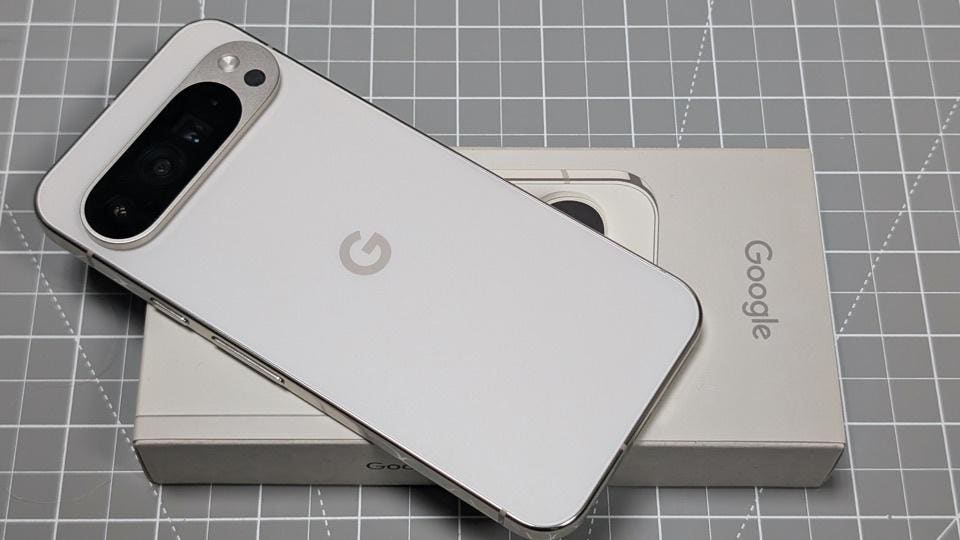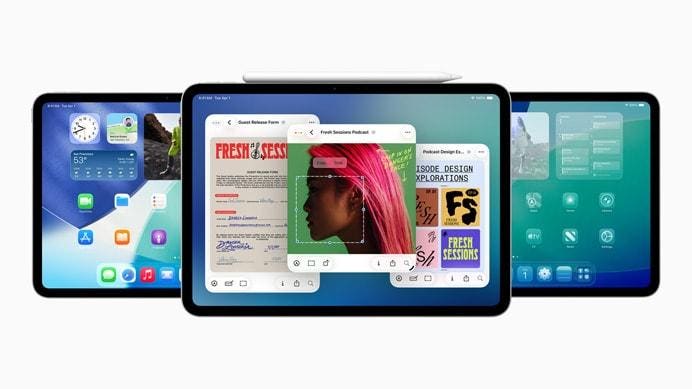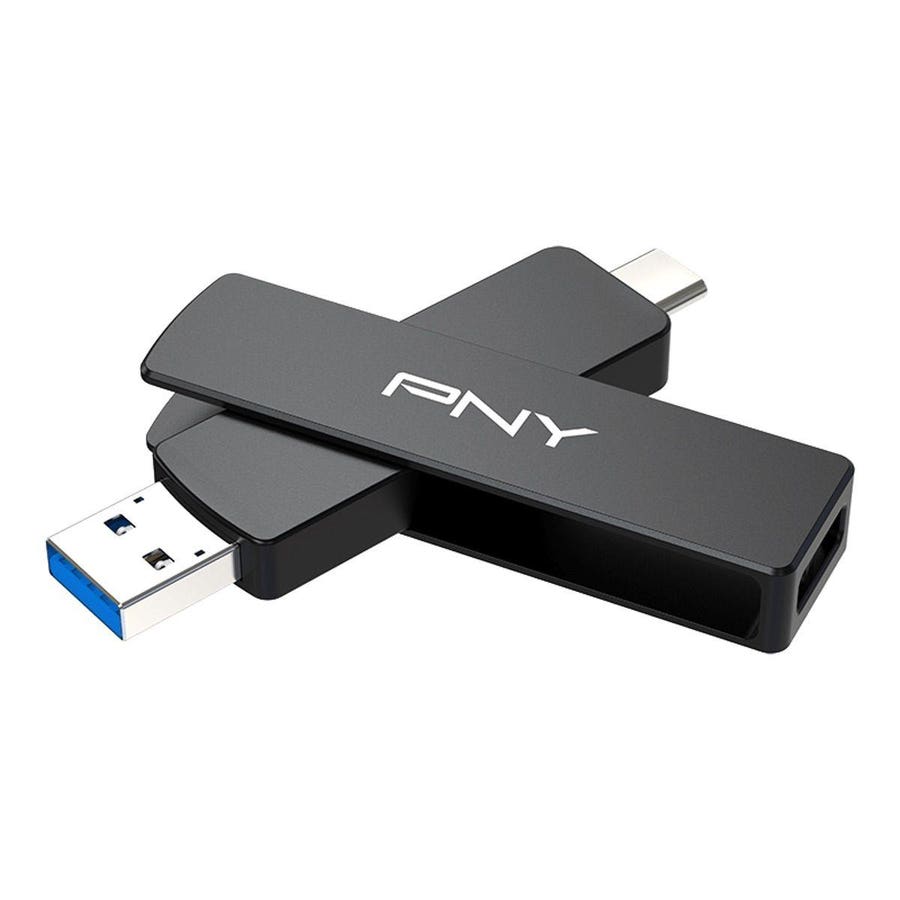Pixel 9 Pro XL
Ewan Spence
Google is set to launch the new Pixel 10 and Pixel 10 Pro smartphones later this week. The Pixel 10 Pro line (including the regular Pro, and both the Pro XL and Pro Fold) will introduce new features in hardware and software, as with any manufacturer’s launch of a flagship device.
It’s also a key moment for smartphones as a whole.
Google is going to expand on the changes the recent Pixel models have brought to the market and ensure that these stay relevant. It has already changed those conversations; now is the time for consolidation. It’s also the time to push forward and shape the smartphone world to better meet its needs.
Pixel 10 Pro’s Silicon Advantage
One of the notable changes was to the chipset. Before the Pixel 6, Google worked with Qualcomm and the ubiquitous Snapdragon processors. With the Pixel 6, it moved towards its own design that traded ultimate overall performance for specialisation in machine learning and artificial intelligence through mobile versions of the Tensor Processing Unit used in Google’s cloud servers.
This was already contributing to the creativity tools on the Pixel smartphones. As the march of generative AI reached mobile platforms and the need for more powerful and capable AI models for local processing became apparent, the importance of this hardware advantage became clear. With the launch of the Pixel 8 and the third generation of mobile Tensor chipsets, Google proclaimed the Pixel 8 “the first AI-Smartphone” and the Tensor chipset played a huge part in that.
It’s no surprise that recent chip launches from manufacturers such as Qualcomm have leaned heavily into the potential for AI to run smoothly and speedily on their silicon.
With the Pixel 10 family, Google is making one of the most significant changes to the Tensor chipsets that it can; this will be the first to be fabricated by TSMC. Previously, Google used Samsung for its chip, and those first Tensors had a lot of Samsung DNA in them. That clearly won’t be the case now.
With the experience and feedback of multiple years, the changes to the Tensor G5 in the Pixel 10 family will be keenly measured to see if Google has found more performance, more efficiency, and reduced the thermal liming some users experienced.
Pixel 10 Pro’s AI Advantage
The rise of artificial intelligence in the public’s eye has been rapid. Google has ensured that Arod was best placed to capitalise on the opportunities presented, both at an application level and also revitalising the smartphone market with a wide-ranging new feature that the public could both easily understand and would need to upgrade their phone to experience fully.
AI is being developed rapidly, and we can expect that the launch of the Pixel 10 family will focus on how the new hardware will work with the latest software. Once Google reveals the new apps to sit alongside Android 16, we’ll have a clearer look at the balance between ease of use and the complexity behind the scenes.
To pick out one example, Google previewed its Gemma 3n model during May’s I/O Developer conference. This is a compact, lightweight mobile-AI architecture designed to run locally on a smartphone. I’d expect it to run very well on the Pixel 10 platform, and with the model available for developers to use, the ongoing support for AI by Google will open more user experiences for all. And it’s going to be built on Google’s technology.
Google is going to lift the tide once more on artificial intelligence. The Pixel 10 and Pixel 10 Pro smartphones will be direct illustrations of what can be accomplished and where the improvements are over the last year. And if manufacturers are paying attention, expect to see many of these new features and add-ons arriving in your new handset, no matter the brand name on the back.
Pixel 10 Pro And The iPhone 17 Pro
The Pixel 10 family, more than any other Pixel range, has the opportunity to define the future of AI, and by extension, the future of smartphones. Part of that is down to the volume and effort Google is putting in, effort that is being matched by its partners. Still, part of it is down to Apple seemingly dropping the ball and failing to engage the public with AI, and this is where the Pixel 10 and Pixel 10 Pro could have the most significant impact of all.
Tim Cook’s woes over the introduction of artificial intelligence are well-documented. To be fair to Apple, many AI techniques can be found in iOS over the last decade—machine learning to improve photographs being an obvious one that impacts the user experience. But the rapid rise of AI in he public perception, particularly with generative artificial intelligence toolsets, has caught Apple off guard.
Six months after the launch of the Pixel 8, the AI-smartphone, Apple announced its plans at it 2024 Worldwide Îeveloper Conference. These were set to debut in the iPhone 16. Then they were set to debut a month or so after the iPhone 16. Then some features were delayed till Christmas. Then into the first half of 2025.
As it stands now, Apple has yet to release all the features shown to the public in May 2024. It is hoped that the vast majority will be available when the iPhone 17 and iPhone 17 Pro launch in early September, but its unlikely that all of the apps demonstrated from the stage will be available to consumers.
The iPhone, totemic as it is, is behind Android in general and the Pixel platform in particular in terms of modern AI-infused software. And that’s before Google’s new software is demonstrated next week.
Throw in a $50 price rise (albeit one that will offer more storage in the base model), and the general public will see the Pixel 10 and Pixel 10 Pro as more effective, more feature-complete, and more value for money than Apple’s offering.
Google has never been this close to usurping Apple’s smartphone crown than it is this week.
The Pixel 10 Pro Can Define 2025
A new manufacturing partner for the latest Tensor chipset; an increased focus in the OS and apps on consumer AI; and the key competitor falling behind and leaving the field wide open for innovation.
With the Pixel 10, Pixel 10 Pro and Pixel 10 Pro XL, Google will build on the success of the previous Pixel smartphones and lock in the earlier changes. It will also push the industry closer towards a view of mobile AI that benefits Android and Google.
Now read the latest Pixel 10 Pro, Samsung Galaxy S25 and Honor smartphones in Forbes’ weekly Android news digest…









